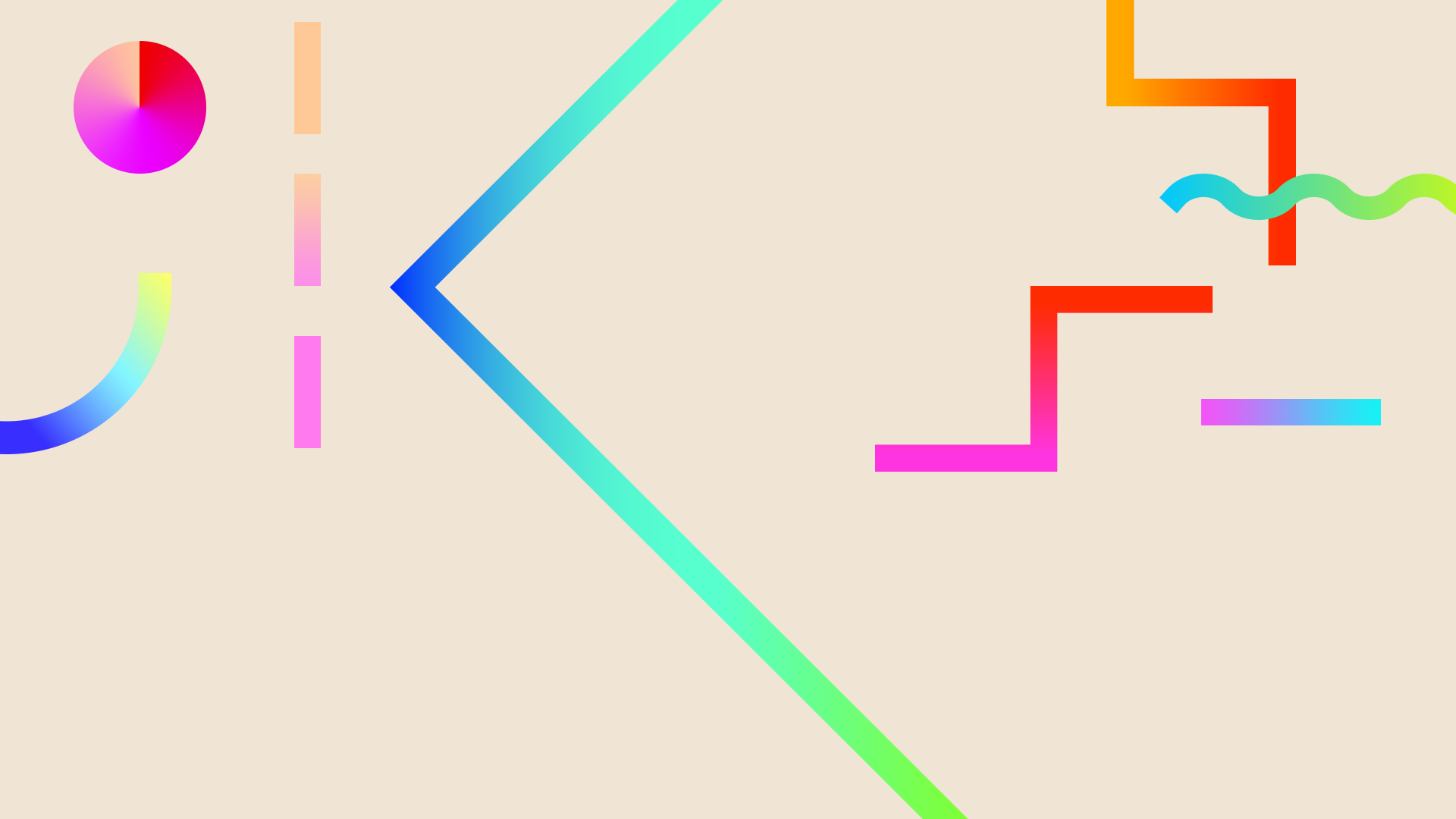
Jennie Powe Runde
Expressive Arts Therapist
+ facilitator
(BBS #46457, REAT #1726)

Expressive arts for mixed folks
What is Expressive Arts Therapy?
You can read my blog post answering this question here.
Expressive arts therapy, or exa, is a type of therapy that uses writing, movement, and visual art/music in therapy. Often, people find that typical "talk therapy" may not be enough to move out of familiar or entrenched patterns of thinking, behaving and relating. Exa helps by accessing different areas of the brain (most notably our right brain which links to our creative and intuitive side, versus our more logical and analytical left brain), to help discover new resources and ways of relating to ourselves and others.
But I'm not really creative/I'm not an artist, will it work for me?
Absolutely. EXA is focused on the process versus the product. We are not setting out to create masterpieces, but rather to find new ways of looking at old "stuff". All one needs is a willingness to be curious. I often tell people to allow themselves to be surprised- working with the arts is a way to access images, ideas, memories and stories that are sometimes unavailable to our "thinking" minds. Often what we create may surprise us in how "true" or "honest" it feels.
I am an artist, is this a good modality for me?
As I mention above, formal art training is not necessary. Though those coming in with a creative practice in place can benefit from using their skills towards mental health, as well as give themselves a space to work with different materials, art forms, and mediums to provide a window into their mental, physical and emotional wellbeing.
Why 90 minute sessions?
In my practice I have seen that the traditional 50 minute session does not typically offer enough time. For that reason, I offer 60 and 90 minutes sessions. 90 minutes allows us to mindfully enter into the therapeutic space and leave enough room and time to go deeper with the material that is generated in session. Tapping into our creative wisdom takes time, especially since it does not line up with the typical white, dominant, mainstream practice of assessing and analyzing quickly and moving on. As exa is a new way of listening and bringing attention to our 3 levels of awareness (mental, physical, emotional), we need time to listen deeply and closely.
How often do I need to come in?
Because therapy is a process that works, in part, due to the relationship and trust established between client and therapist, it is important to start with weekly sessions, at least for the first 4-8 weeks. After that, we can assess if it would make sense to go to an every other week schedule.
What does a session look like?
Before we even get started, I'll send you a brief questionnaire helping you think about the goals you have for therapy and what you need in order to feel that therapy has been a "success" for you.
At our first session, we'll review the questionnaire, and talk more about what brings you to therapy. We'll talk about what is going right for you, and what you'd like to change- and how we'll get there.
There are a few initial assessments I use, including using collage images to give a current "snapshot" of the challenge or issue. I'll often bring in an expressive arts directive to a session based on themes we've been covering, or where we may want to go next. Each session looks different for each person- for some we do exa each session, and for others there is more time spent talking through the issue with an occasional 'detour' into exa to offer us different perspective.
What is Brainspotting?
Brainspotting is a relatively new treatment, which evolved from the field of EMDR (Eye Movement Desensitization and Reprocessing).
'Discovered' by David Grand in 2003, the premise of brainspotting is summed up by the phrase: "Where you look affects how you feel". Unlike EMDR, Brainspotting is a more 'flexible' intervention, and relies on the attunement with the therapist and inherent wisdom of the client's brain and body to locate and heal deeply held trauma.
Personally, I have found this intervention highly effective in identifying and healing trauma, as well as transforming deeply held negative beliefs or stories that often accompany traumatic events. Additionally, Brainspotting has been used effectively for creativity and performance enhancement.
More information can be found here, on the Brainspotting website.
Do you take insurance?
The short answer is no, I don't. Mainly, one of the most important ways that the therapeutic relationship can help and heal is through the trusting relationship between therapist and client. Insurance companies are about the bottom line, which means they are the ones that dictate the necessity of therapy, how many sessions a person can have, how long the sessions are, and what the focus of treatment will be (through requiring a diagnosis, treatment plan, etc.). Also, people may be constrained by seeing someone that takes their insurance as opposed to someone who is actually the best fit for them. Not taking insurance allows the flexibility to provide the right treatment tailored to the client without 3rd party involvement.
That being said, I will provide an invoice (superbill) to you to be reimbursed by your insurance (if you have out of network coverage).